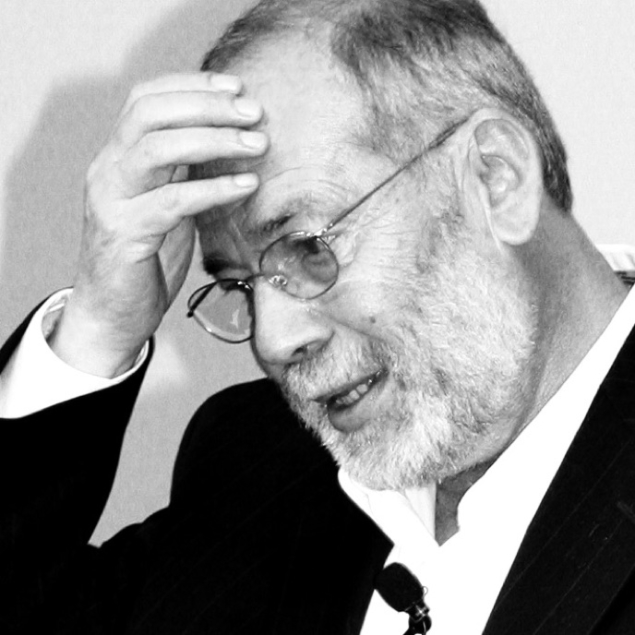
Max Samuilovich Zolotorev, a pioneer of experimental studies of atomic parity violation, passed away on 1 April in his home in Oregon, US.
Max was born in Petrovsk, a small town not far from the Russian city of Saratov, where his mother found herself evacuated from the advancing German army. Upon graduating from secondary school, despite showing unusual talent and ability from an early age, he was not admitted to an institute or even a vocational school because he was Jewish. After eventually securing a position with the Novosibirsk Electro Technical Institute in Siberia, where he demonstrated outstanding academic performance, he was able to transfer to the newly founded Novosibirsk State University. He graduated in 1966, before obtaining his first and second doctoral degrees in 1974 and 1979 at the Institute of Nuclear Physics in Novosibirsk Academgorodok.
Max started out by working on measurements of the hyperon magnetic moments. However, in the early 1970s he was drawn into studying fundamental physics using the methods of atomic, molecular and optical physics. Together with his mentor and colleague Lev Barkov, he was the first to discover parity violation in atoms by observing optical rotation of the plane of polarisation of light propagating through a bismuth vapour.
The 1978 measurement came at a crucial time in the development of the Standard Model. While observations of high-energy neutrino scattering on nuclei at CERN in 1973 provided evidence of neutral weak currents, there was no evidence that the neutral weak current violated parity as predicted by the Glashow–Weinberg–Salam (GWS) model. Furthermore, earlier atomic parity violation experiments had produced null results, in contradiction with theoretical predictions. The observation of parity violation in bismuth, followed later by measurements of parity violating electron scattering at SLAC, was crucial evidence that the GWS model was indeed the correct description of the weak interaction.
Max Zolotorev was an inspiring mentor and teacher who always set the highest expectations for his students
Max and his colleagues also established the foundation for some of today’s most sensitive magnetometers with their measurements in the late 1980s of nonlinear Faraday rotation, clearly identifying the crucial role of quantum coherences. In 1989 Max emigrated to the US and took up a research position at SLAC, later moving to Lawrence Berkeley National Laboratory, where he worked until his retirement in 2018. At SLAC, Max and colleagues proposed using lasers to cool hadrons in colliders as a variation on van der Meer’s stochastic cooling method. The “optical stochastic cooling” concept will soon be tested at Fermilab by a group led by a former student of Max’s. Another of his co-inventions is the so-called “slicing method” to produce ultrashort pulses of X-rays essential for time-resolved studies of the properties of condensed matter.
Max Zolotorev was an inspiring mentor and teacher who always set the highest expectations for his students. His ability to find “weak spots” in one’s scientific logic was legendary. One of Max’s great insights was that, as physicists, we should never design our experiments around what was sitting in our labs or in our heads. Instead, we should choose deep and important problems, think hard about them and develop the cleverest way to approach them that we can, learn new subjects, build new apparatus, and push our boundaries and limits. Max’s work exemplified the curiosity, creativity and rigour of physics at its best.








